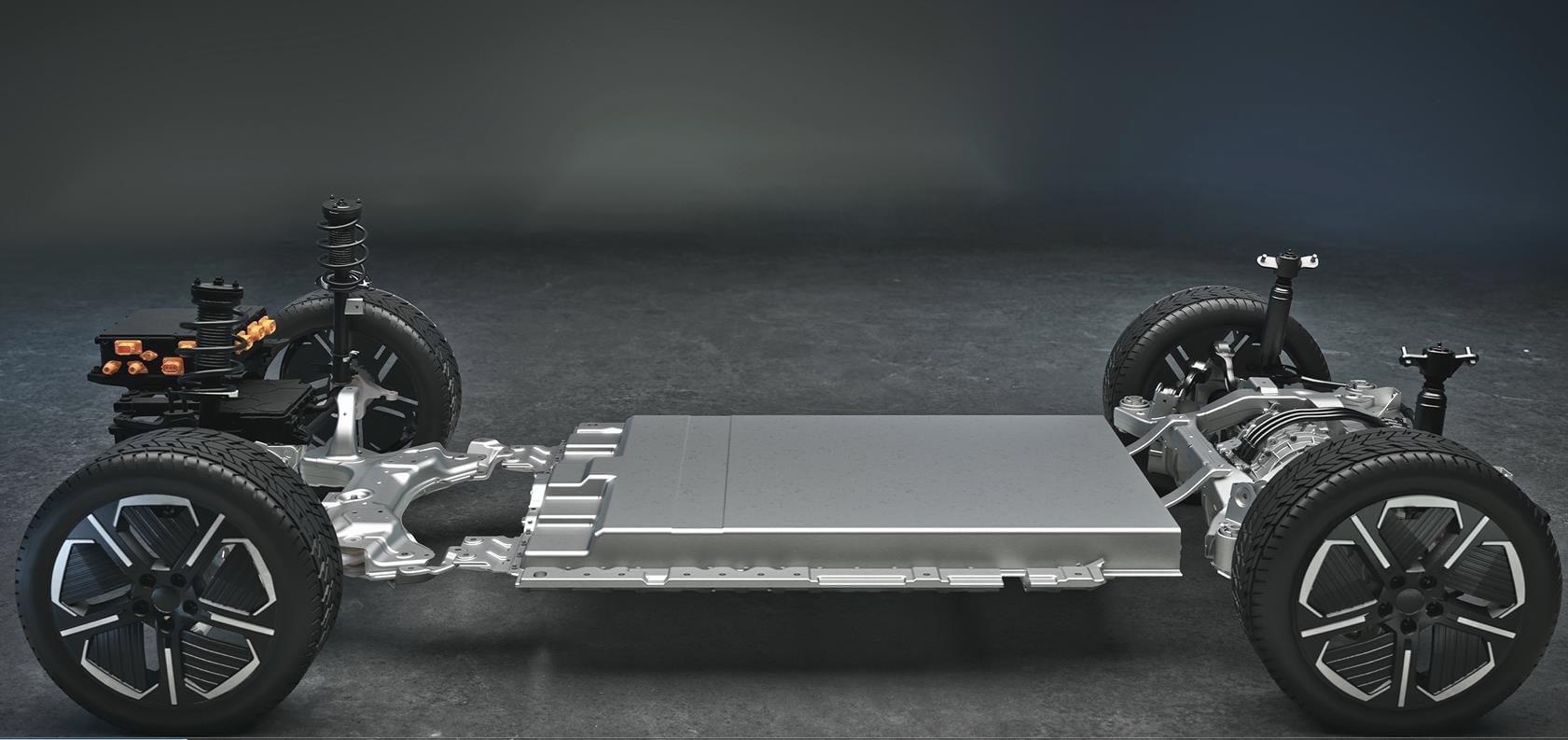Tata’s new ‘pure EV’ electrical architecture is all set to debut on the new Punch EV. Known as Acti.EV (pronounced ‘active’), the architecture will underpin a whole range of new Tata EVs and SUVs, including the upcoming Curvv EV, the new Sierra EV and the Harrier EV.
Likely to be the mainstay of the brand, it is expected to underpin all of Tata’s current range in future, with more cars likely to be tagged on at a later stage as well. This is not to be confused with Tata’s earlier announcement of the Premium Pure EV architecture, shared with JLR (known as the EMA), that will be used to underpin more premium cars like the Tata Avinya. Tata plans to have two pure electric vehicle architectures as it seeks to build a portfolio of 10 EVs in the coming years.
Tata Acti.EV: battery, motors
Tata says the new Acti.EV architecture will be able to use a number of different battery packs such as cylindrical or prismatic. This includes LFP batteries, which currently appear to be the best solution for our climate and conditions. The batteries will deliver a range of between 300-600 kilometres and can be charged with either an 11kW AC charger or a 150kW DC charger.
The Acti.EV architecture will also allow for front-wheel drive, rear-wheel drive and four-wheel drive. The architecture used will be 400 volts and both Permanent Magnet Synchronous Motors and Induction motors can be used in future. The power output for now is expected to be in the range of 80hp to 230hp, which could mean we can see some really powerful EVs coming up.
The new architecture will also get vehicle to vehicle (V2V) as well as vehicle to load (V2L) charging capabilities, which will make it more flexible and offer greater utility. The former will enable one Tata vehicle to charge another while the latter will allow for its battery to power any number of medium and high voltage gadgets and camping gear.

Tata Acti.EV: chassis, electrical architecture
The Acti.EV architecture has also been designed to attain a 5-star rating in crash tests, especially with future norms likely to get more stringent. The crash structure has been engineered to protect the battery in side and pole impact tests, important for electrical safety, and this, Tata Motors says, has been done by using a high percentage of Ultra High Strength Steel.
The cars will feature efficient packaging – there will also be a flat floor for greater space efficiency – and will come with a frunk or small front boot. Great care has also been taken to cater for extra ground clearance for our roads, speed breakers and difficult conditions. When it comes to the electrical architecture, the 5G-enabled system will allow for over-the-air updates and cloud computing, with the digital cockpit experience powered by the Qualcomm Snapdragon processor and other compatible chipsets. The digital screens and experience will also be open to third-party apps and services. Some of the models launched will come with Level 2 autonomous driver tech with Level 2+ on the cards for the future.
Also see:
Tata Punch EV fresh details revealed
Tata dominates EV sales with 73 percent market share in 2023



